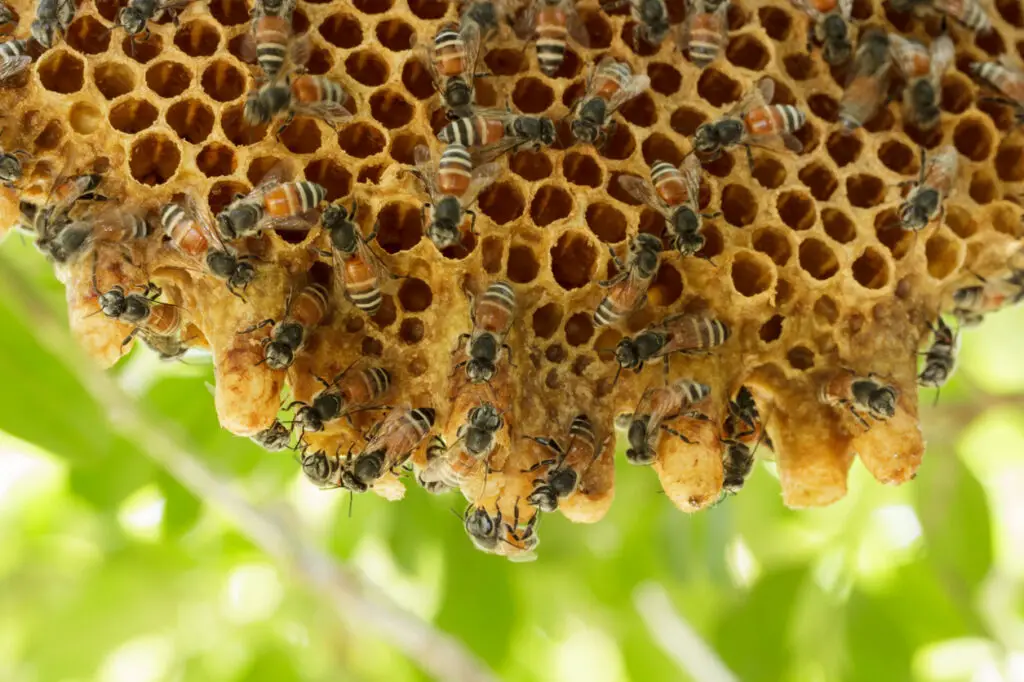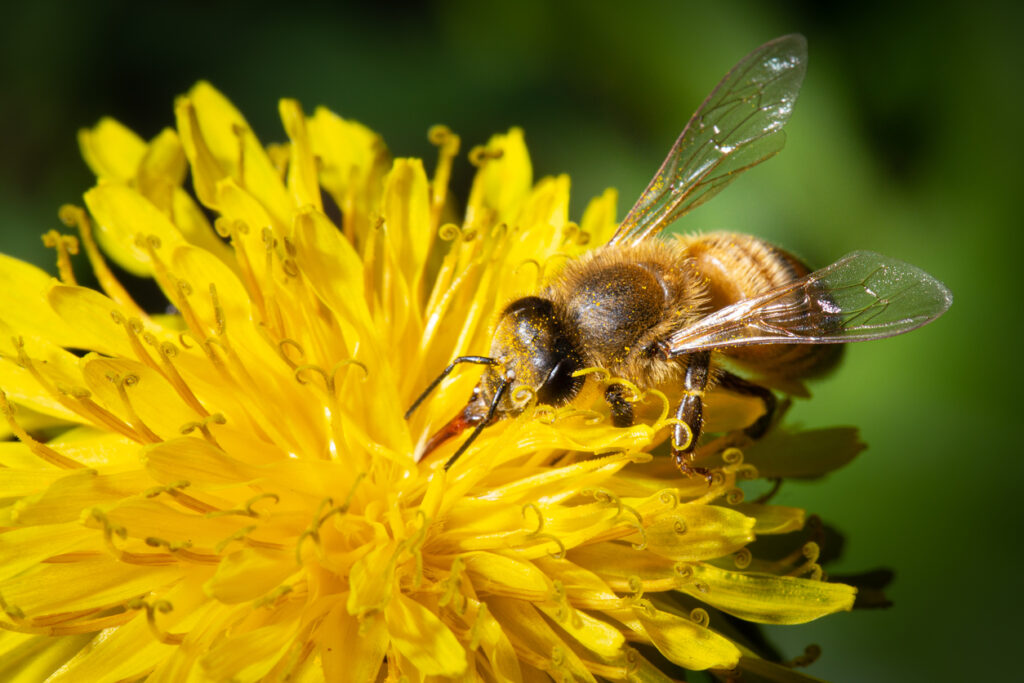A Fading Buzz

Imagine walking through a vibrant meadow, once alive with the constant hum of bees, now eerily quiet. This silence isn’t just a change in scenery; it’s a stark warning. The alarming surge in bee deaths in 2025 isn’t a distant problem—it’s a crisis unfolding in our own backyards. Scientists highlight the intricate connection between our agricultural practices and the health of these vital pollinators. The increasing use of neonicotinoid pesticides, designed to protect crops, is inadvertently disrupting the bees’ nervous systems, affecting their ability to navigate and forage effectively. This isn’t merely about losing honey; it’s about the collapse of ecosystems that rely on bees for pollination.
The ripple effect extends beyond the fields. Our food security is intricately linked to bee populations, with numerous crops dependent on their pollination. Researchers emphasize the alarming decline in biodiversity, as the loss of bees leads to a decrease in plant varieties, further destabilizing the delicate balance of our natural world. The urgency of this issue is amplified by the fact that bees are not just pollinators; they are indicators of environmental health. Their decline signals a broader systemic issue, a distress call from nature itself. Scientists are now focusing on developing sustainable farming practices, promoting integrated pest management, and advocating for policies that restrict the use of harmful pesticides, aiming to restore the vital hum of life back to our meadows.
A Climatic Chaos

Picture a bee, its internal clock thrown into disarray by unpredictable weather patterns. The erratic climate changes of 2025 have disrupted the delicate synchrony between bees and the flowering plants they depend on. Scientists express concern over the phenological mismatch, where bees emerge too early or too late to coincide with blooming periods, leading to starvation and reduced reproductive success. The increasing frequency of extreme weather events, such as droughts and heatwaves, further stresses bee populations, weakening their immune systems and making them more susceptible to diseases and parasites. This isn’t just a matter of inconvenience; it’s a struggle for survival.
The stress on bees is compounded by the loss of their natural habitats. Urban expansion and intensive agriculture have fragmented their foraging areas, leaving them with limited access to diverse food sources. Experts note that the lack of nutritional variety weakens the bees’ resilience, making them more vulnerable to environmental stressors. The changing climate is also altering the composition of floral nectar and pollen, affecting their nutritional value and further impacting bee health. Researchers are now exploring strategies to create bee-friendly habitats, promoting the planting of diverse native flowers, and developing climate-resilient bee breeds, striving to provide these vital pollinators with the support they need to adapt to a rapidly changing world.
The Invisible Enemies

Imagine a bee colony, once thriving, now succumbing to an invisible enemy. The rise in parasitic mites, like the Varroa mite, and the spread of viral and fungal diseases have taken a devastating toll on bee populations in 2025. Scientists have found that the Varroa mite, in particular, acts as a vector for numerous viruses, weakening the bees’ immune systems and making them more susceptible to other infections. The interconnectedness of bee colonies means that diseases can spread rapidly, decimating entire populations. This isn’t just about individual bees; it’s about the collapse of entire hives, the heart of the bee community.
The challenge is exacerbated by the fact that many of these pathogens are evolving, becoming more virulent and resistant to treatments. Experts are focusing on developing innovative diagnostic tools to detect diseases early, and exploring natural remedies, such as plant-based extracts, to boost bee immunity. Researchers are also advocating for stricter biosecurity measures to prevent the spread of diseases between colonies, and promoting responsible beekeeping practices that minimize stress on bees. The fight against these invisible enemies is a race against time, as scientists strive to protect these vital pollinators from the growing threat of diseases.
Home and Habitat Loss

Picture a bee, searching for a place to call home, only to find concrete and monoculture fields. The relentless expansion of human development has led to the destruction of natural habitats, leaving bees with fewer places to nest and forage. Scientists emphasize the critical role of diverse habitats in supporting bee populations. The loss of wildflower meadows, hedgerows, and other natural areas has deprived bees of essential food sources and nesting sites. This isn’t just about losing a few flowers; it’s about the disappearance of entire ecosystems that sustain bee life.
The fragmentation of habitats also isolates bee populations, reducing their genetic diversity and making them more vulnerable to environmental stressors. Experts are advocating for the creation of wildlife corridors, connecting fragmented habitats, and promoting the restoration of natural areas. Researchers are also exploring the use of urban green spaces, such as rooftop gardens and community parks, as refuges for bees. The challenge is to balance human development with the preservation of natural habitats, creating a world where bees and humans can coexist.
Poisoned Chemical Cocktails

Imagine a bee, unwittingly consuming a cocktail of harmful chemicals as it forages for nectar and pollen. The widespread use of pesticides and herbicides in agriculture has exposed bees to a toxic mix of substances, affecting their health and behavior. Scientists have discovered that these chemicals can impair bees’ cognitive abilities, affecting their memory and navigation skills. The cumulative effect of these chemical exposures can weaken bees’ immune systems, making them more susceptible to diseases and parasites. This isn’t just about individual bees; it’s about the contamination of the entire food chain, impacting the health of bee colonies and the ecosystems they support.
The challenge is compounded by the fact that many of these chemicals persist in the environment, accumulating in soil and water, and continuing to pose a threat to bees and other wildlife. Experts are advocating for the adoption of integrated pest management strategies, reducing reliance on chemical pesticides, and promoting the use of biological control methods. Researchers are also exploring the development of safer alternatives to chemical pesticides, and advocating for stricter regulations on the use of harmful substances. The goal is to create a cleaner, safer environment for bees and other pollinators, ensuring their survival for generations to come.


